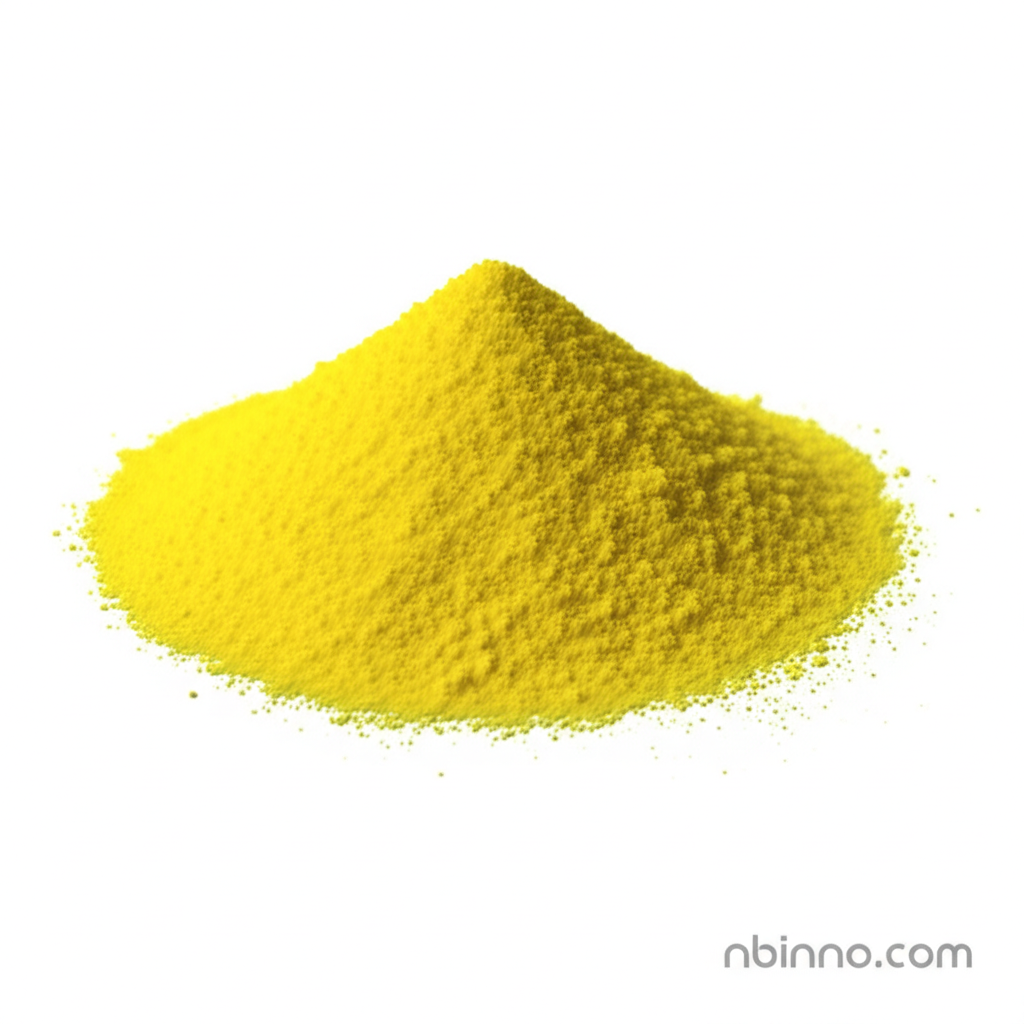Azodicarbonamide Blowing Agent: Enhancing Foam Properties in Plastics and Rubber
Discover the versatile applications and benefits of Azodicarbonamide (ADC) for creating high-quality foamed materials.
Get a Quote & SampleProduct Core Value

Azodicarbonamide Blowing Agent
Azodicarbonamide (ADC), a leading organic chemical blowing agent, is instrumental in producing foamed plastics and rubber. Its unique thermal decomposition properties enable the creation of desirable cellular structures, contributing to materials with excellent insulation, cushioning, and lightweight characteristics. This compound is widely recognized for its effectiveness and versatility across numerous industrial applications.
- Leveraging the benefits of azodicarbonamide in EVA foam production ensures superior material properties and performance.
- The decomposition temperature of ADC blowing agent is a critical factor that can be precisely managed through formulation and additives.
- Understanding the applications of ADC blowing agent is key to optimizing product development in the plastics and rubber industries.
- The development of high-quality foamed materials relies on the consistent performance and controlled decomposition of azodicarbonamide blowing agent for plastics.
Advantages Provided by the Product
Controlled Foaming
The ADC foaming agent for rubber provides controllable decomposition temperatures and gas volumes, allowing manufacturers to precisely tailor the foaming process for optimal cell structure and material density.
Versatile Applications
With a wide range of azodicarbonamide blowing agent applications, this chemical is suitable for industries including footwear, insulation, automotive, and consumer goods, offering flexibility in material design.
Material Property Enhancement
The use of AC blowing agent decomposition temperature management leads to improved physical properties such as reduced weight, enhanced shock absorption, and better thermal insulation in the final foamed products.
Key Applications
Plastics Foaming
ADC is a primary choice for foaming various plastics like PVC, PE, and EVA, used in applications ranging from foam sheets to injection-molded parts, benefiting from its controlled gas release.
Rubber Foaming
In the rubber industry, this blowing agent is crucial for creating cellular rubber products, contributing to improved elasticity, cushioning, and lightweight properties essential for items like shoe soles and seals.
Artificial Leather & Textiles
The agent is utilized in the production of artificial leather and for textile finishing, providing softness, volume, and a desirable texture through controlled foaming processes.
Insulation and Cushioning
Its ability to create fine cell structures makes it ideal for thermal insulation materials and cushioning applications, ensuring efficient performance and comfort.
